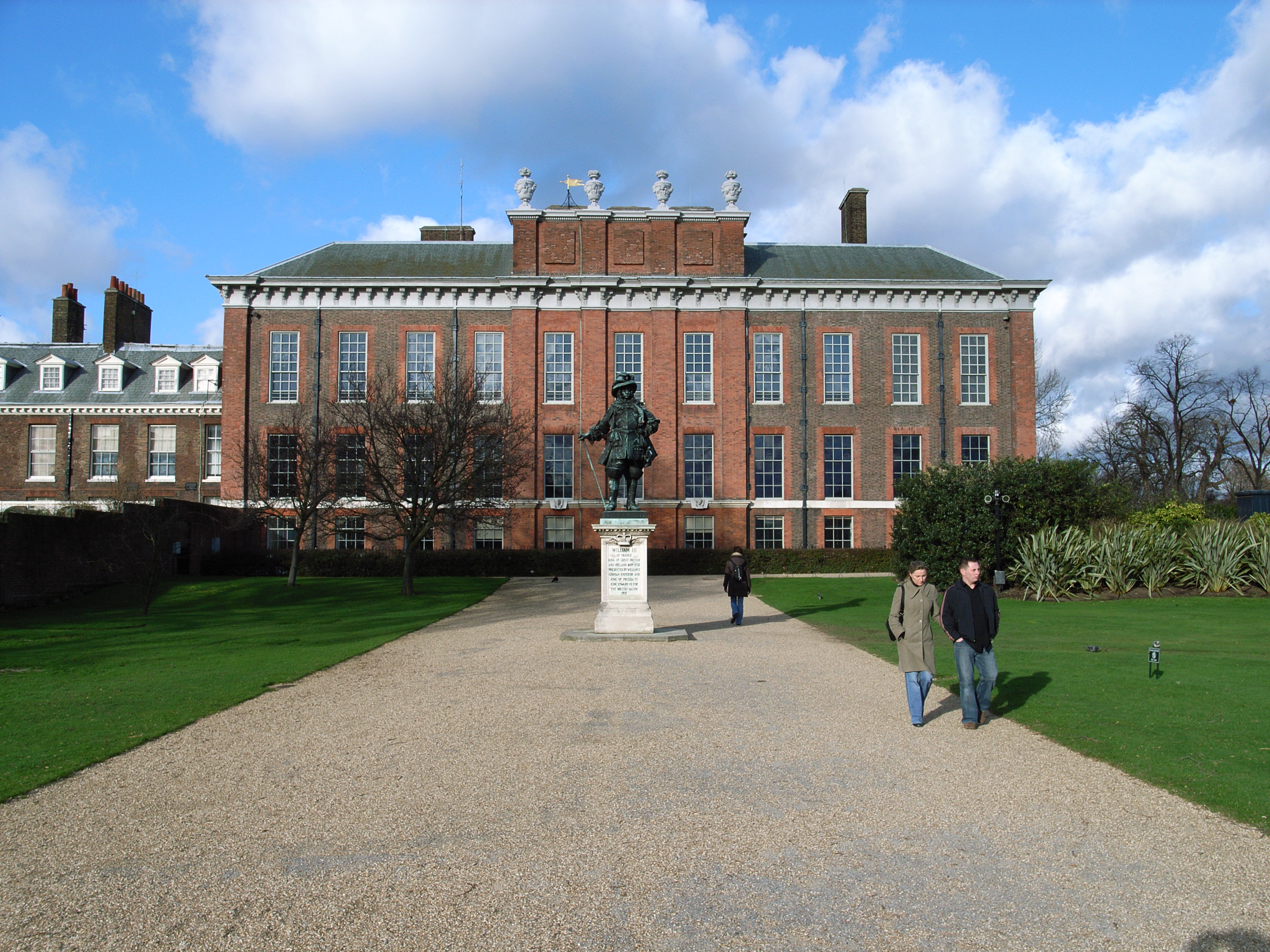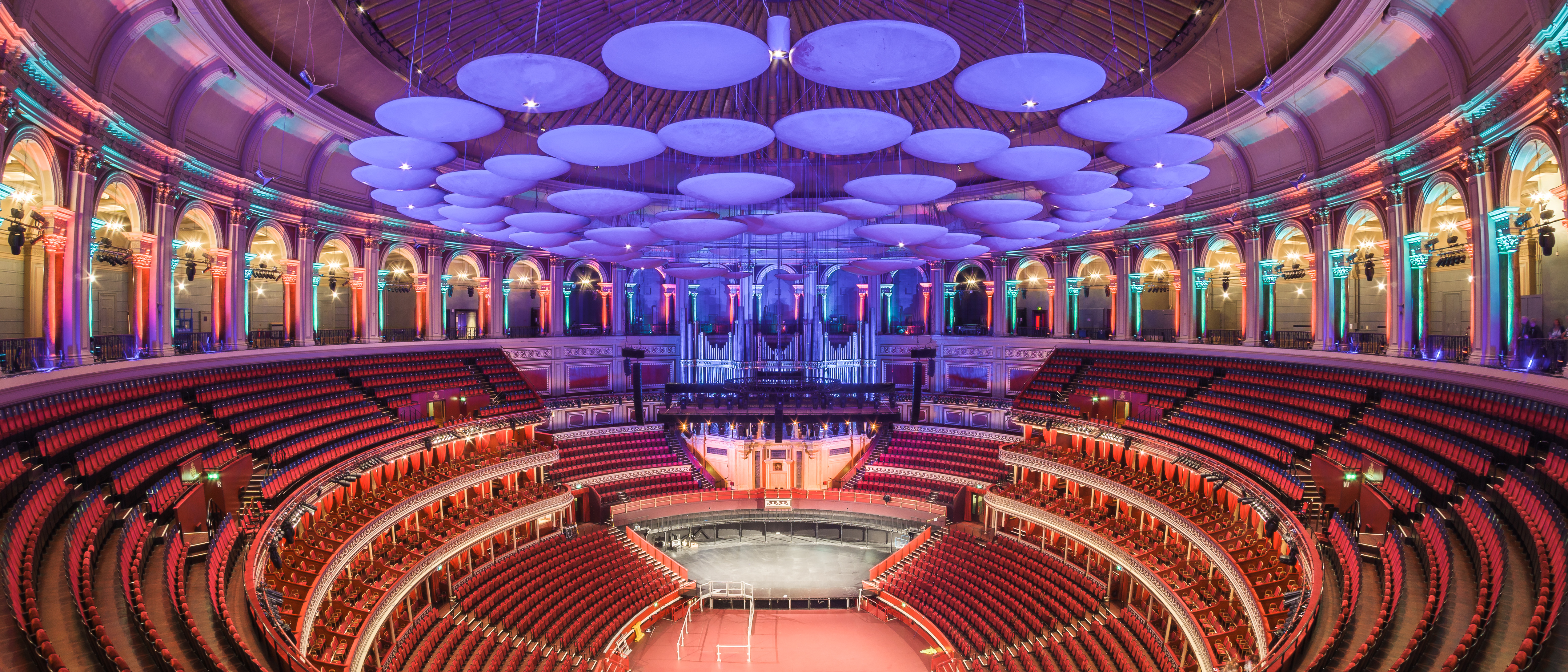
In the shadow of grand Victorian museums and along the Thames' timeless curve, the Royal Borough of Kensington and Chelsea harbors secrets of centuries past. This is no mere backdrop to modern luxury; it is a living archive where Saxon whispers mingle with the echoes of queens and the brushstrokes of bohemian rebels. As the steward of KensingtonAndChelsea.London, I am compelled to unearth these layers—not just as footnotes to London's lore, but as the very soul of the borough. Join me on this chronological odyssey through time, from humble origins to cultural zeniths, illuminating the events, figures, and landmarks that have etched Kensington and Chelsea into the annals of history. Here, heritage is not preserved in glass cases; it breathes in every cobblestone and canopy.
Ancient Origins: From Saxon Fields to Medieval Shores
The borough's tale begins not in pomp, but in pastoral simplicity, rooted in the verdant fields of Middlesex long before London's sprawl encroached. The name "Kensington" harks back to the 8th century, derived from the Anglo-Saxon "Cynesige's tun"—the estate of a noble named Cynesige—while "Chelsea" evokes "Chelchehithe," a chalky landing place on the Thames, hinting at early riverine trade and monastic settlements. These were rural idylls, dotted with manors and meadows, far from the city's clamor.
By the Norman Conquest of 1066, the area had evolved into feudal holdings, with Kensington granted to the Abbey of Abingdon and Chelsea fostering small farming communities. The Domesday Book of 1086 records modest assets: Kensington's 10 hides yielding £10 annually, Chelsea's watermills grinding grain for local lords. Medieval landmarks like the 13th-century Chelsea Old Church—rebuilt after WWII bombings—stand as sentinels to this era, its Saxon foundations whispering of Viking raids and plague shadows. It was here, amid these humble shores, that the seeds of grandeur were sown, awaiting royal waters to nurture them.
The Dawn of Royalty: Kensington Palace and the Stuart Legacy
The 17th century marked a seismic shift, transforming these backwaters into regal retreats. In 1605, James I acquired a Jacobean mansion in Kensington, commissioning architect Christopher Wren to expand it into a palace fit for kings. Under William III and Mary II, fleeing London's fogs for healthier airs, Kensington Palace became a royal favorite by 1689, its red-brick facade a canvas for Baroque opulence.
This era birthed legends: Queen Anne's penchant for Kensington Gardens, where the Serpentine lake was dug in 1730; or the palace's role in the Glorious Revolution. Yet, its most poignant chapter unfolded in 1819, when Princess Victoria—future queen—entered the world in Room 23, a birth that would crown the borough "Royal" in 1901 upon her ascension. Figures like the tragic Princess Diana, who resided here until 1997, add modern melancholy to its halls. Today, Kensington Palace remains a heritage jewel, its state apartments evoking the ghosts of monarchs who shaped empires from these very salons.
Victorian Splendor: The Great Exhibition and Cultural Bloom
The 19th century unfurled like a royal fan, propelled by Prince Albert's visionary zeal. The Great Exhibition of 1851, housed in Joseph Paxton's Crystal Palace in Hyde Park (adjacent to the borough), drew six million visitors and amassed fortunes that funded the borough's cultural pantheon. From its spoils rose the Victoria and Albert Museum (1852), Natural History Museum (1881), and Science Museum (1857)—twin titans of knowledge, their terracotta facades a testament to imperial ambition.
Kensington's evolution mirrored this: once a village of market gardens, it swelled with speculative housing, avenues like Queen's Gate lined with palatial homes for the nouveau riche. Landmarks abound: the Albert Memorial (1872), a 175-foot Gothic spire gilded in gold, honors the prince consort amid South Kensington's museum quarter. Meanwhile, Holland House— a Jacobean survivor bombed in WWII—hosted literary salons for Byron and Disraeli, its ruins now cradling Kyoto Garden's zen tranquility. This was the age of progress, where iron and invention wove heritage into the fabric of the future.

Bohemian Heartbeats: Chelsea's Artistic Renaissance
Across the invisible divide, Chelsea emerged as the borough's rebellious counterpoint—a haven for dreamers defying Victorian propriety. In the 18th century, it drew Thomas Gainsborough and Joshua Reynolds to its Thames views; by the 19th, it magnetized a constellation of creatives. Carlyle Mansions sheltered the irascible Thomas Carlyle, whose thunderous prose echoed from Cheyne Row, while the Pre-Raphaelite Brotherhood—Dante Gabriel Rossetti, John Everett Millais—clustered around Cheyne Walk, their studios alive with muses and morphine.
Oscar Wilde sipped absinthe in its pubs, George Eliot penned Middlemarch in exile here, and J.M. Barrie dreamed up Peter Pan amid Kensington Gardens' fairies. The 20th century amplified this: the Swinging Sixties saw Mary Quant's miniskirt debut on King's Road, birthing mod fashion, while Henry Moore's sculptures dotted Chelsea's Physic Garden (founded 1673), a botanical sanctuary preserving 18th-century curiosities. Landmarks like Leighton House Museum, Frederic Leighton's Orientalist palazzo, encapsulate this fusion—Arab Hall's mosaics a portal to artistic escapism.
Modern Metamorphosis: War, Revival, and Amalgamation
The 20th century tested the borough's resilience. World Wars scarred its skyline—Chelsea Old Church gutted by a 1941 bomb, Holland House reduced to arches—yet spurred rebirth. Post-war, the 1965 London Government Act fused Kensington and Chelsea into the Royal Borough, blending royal pomp with artistic grit.
The latter half-century wove new threads: Notting Hill's Caribbean influx birthing Europe's largest carnival in 1966; Portobello Market's antiques trade echoing Victorian barrows; and Grenfell Tower's 2017 tragedy galvanizing community heritage projects. Figures like Freddie Mercury, who penned anthems in Kensington, and modern stewards like the Kensington Society ensure evolution honors origins.
A Heritage Timeline: Milestones in Stone and Story
To anchor this narrative, here's a curated timeline of pivotal moments:
| Era | Date | Event | Key Figure/Landmark | | ------------ | ----------- | -------------------------------------------- | ------------------------------ | | Saxon | 8th Century | Origins of "Kensington" as Cynesige's estate | Anglo-Saxon noble Cynesige | | Medieval | 1086 | Recorded in Domesday Book as rural holdings | William the Conqueror | | Stuart | 1605 | Kensington Palace acquired by James I | King James I; Christopher Wren | | Georgian | 1730 | Kensington Gardens opened to public | Queen Caroline | | Victorian | 1819 | Birth of Queen Victoria | Princess Victoria | | Victorian | 1851 | Great Exhibition in Hyde Park | Prince Albert; Crystal Palace | | Edwardian | 1901 | Granted Royal Borough status | Queen Victoria | | Modern | 1965 | Amalgamation of boroughs | London Government Act | | Contemporary | 1966 | Inaugural Notting Hill Carnival | Caribbean community leaders |
This chronology, drawn from borough archives, illustrates a relentless ascent from agrarian whispers to global icon.

Echoes That Endure: Safeguarding Tomorrow's Heritage
Today, Kensington and Chelsea's heritage is a vigilant guardianship: over 1,500 listed buildings, from Wren's Chelsea Hospital (1692) to Art Deco embassies, protected by the Royal Borough's planning edicts. Initiatives like the Heritage Lottery Fund's restorations breathe new life into fading facades, ensuring Golborne Road's multicultural murals and Powis Square's Victorian terraces tell tales for generations.
In these storied streets, history is not relic but relevance—a reminder that the borough's past fuels its unparalleled present. What facet of this heritage captivates you most? From palace intrigues to artistic insurrections, share in the comments, or subscribe for more dispatches from the past. Until then, may the echoes of elegance guide your wanderings through Kensington and Chelsea.
Sources: Wikipedia (Royal Borough of Kensington and Chelsea), Britannica, Historic England (Heritage Calling), and RBKC local history guides.